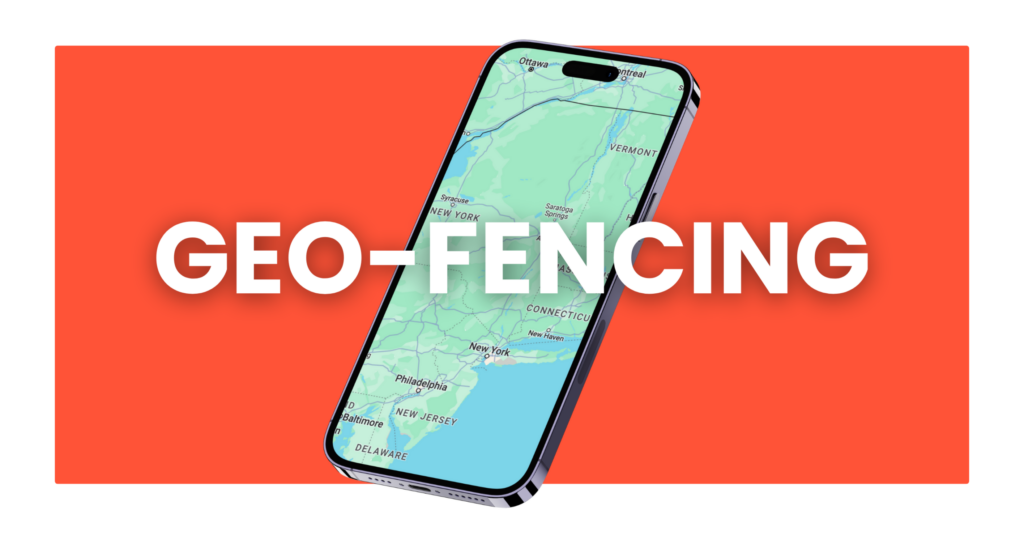

In today’s dynamic digtal landscape, where competition is fierce and consumer attention is fleeting, businesses must find innovative ways to connect with their target audience. One such powerful tool that has emerged in the realm of location-based marketing is search geofencing. As an experienced marketer, I’ve witnessed firsthand the transformative impact of this technology on the way businesses engage with their customers.
Geofencing is a location-based service that uses GPS, RFID, or other technology to define a virtual geographic boundary, known as a “fence.” When a mobile device enters or exits this predefined area, the system triggers a specific action, such as sending a targeted advertisement, a personalized notification, or initiating a location-based service. Search geofencing takes this concept a step further by integrating it with search engine optimization (SEO) and search engine marketing (SEM) strategies, allowing businesses to capitalize on the power of search intent and location-based targeting.


he benefits of incorporating search geofencing into your marketing strategy are numerous. By leveraging the power of location-based targeting, you can deliver highly relevant and personalized content to your customers, leading to increased engagement, higher conversion rates, and stronger brand loyalty. Additionally, search geofencing enables you to:

Integrating search geofencing into your marketing strategy can be a game-changer for your business. Here are the key steps to consider:

To ensure the success of your search geofencing campaigns, consider the following best practices:
To illustrate the power of search geofencing, let’s explore a few real-world case studies:

As technology continues to evolve, the landscape of search geofencing is expected to undergo significant advancements. Some emerging trends include:

In the ever-evolving digital landscape, search geofencing has emerged as a powerful tool for businesses to engage with their target audience in a more personalized and effective manner. By leveraging the power of location-based targeting and search intent, businesses can unlock new growth opportunities, enhance customer experiences, and improve marketing ROI.
Search Geofencing from Getgeofencing is your best bet. Getgeofencing has 20 years of quality Search Geofencing experience.
As you embark on your search geofencing journey, remember to focus on precise targeting, relevant content, timely delivery, seamless integration, and continuous optimization. By mastering the art of search geofencing, you can position your business for long-term success and stay ahead of the competition.
It combines keyword-based targeting with location-specific triggers to serve ads to users in defined areas.
Users searching for targeted terms within a geofenced area are served relevant ads across platforms.
Legal, healthcare, automotive, and retail often see high ROI from hyper-targeted search ads.
Yes, search geofencing can be used to serve ads to people searching near competitor locations.
In today’s dynamic digtal landscape, where competition is fierce and consumer attention is fleeting, businesses must find innovative ways to connect with their target audience. One such powerful tool that has emerged in the realm of location-based marketing is search geofencing. As an experienced marketer, I’ve witnessed firsthand the transformative impact of this technology on the way businesses engage with their customers.
Geofencing is a location-based service that uses GPS, RFID, or other technology to define a virtual geographic boundary, known as a “fence.” When a mobile device enters or exits this predefined area, the system triggers a specific action, such as sending a targeted advertisement, a personalized notification, or initiating a location-based service. Search geofencing takes this concept a step further by integrating it with search engine optimization (SEO) and search engine marketing (SEM) strategies, allowing businesses to capitalize on the power of search intent and location-based targeting.
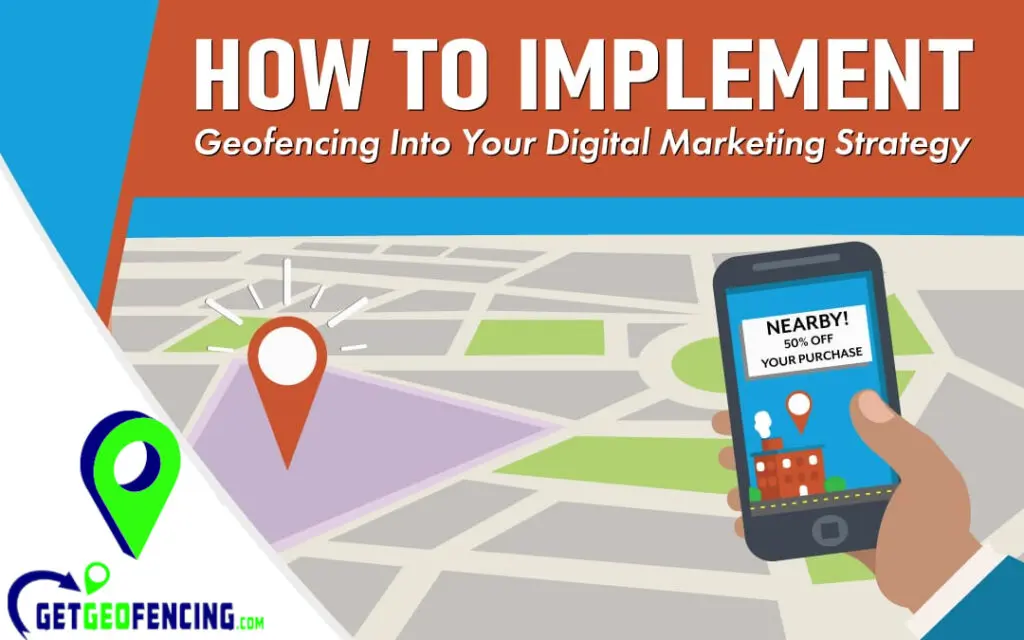

The benefits of incorporating search geofencing into your marketing strategy are numerous. By leveraging the power of location-based targeting, you can deliver highly relevant and personalized content to your customers, leading to increased engagement, higher conversion rates, and stronger brand loyalty. Additionally, search geofencing enables you to:
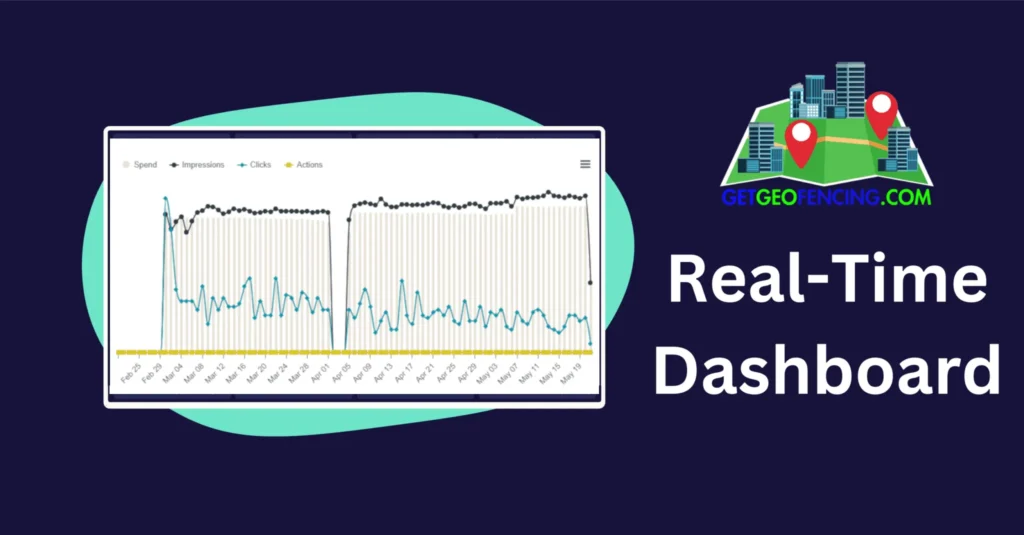
The process of implementing search geofencing involves several key steps:
Integrating search geofencing into your marketing strategy can be a game-changer for your business. Here are the key steps to consider:
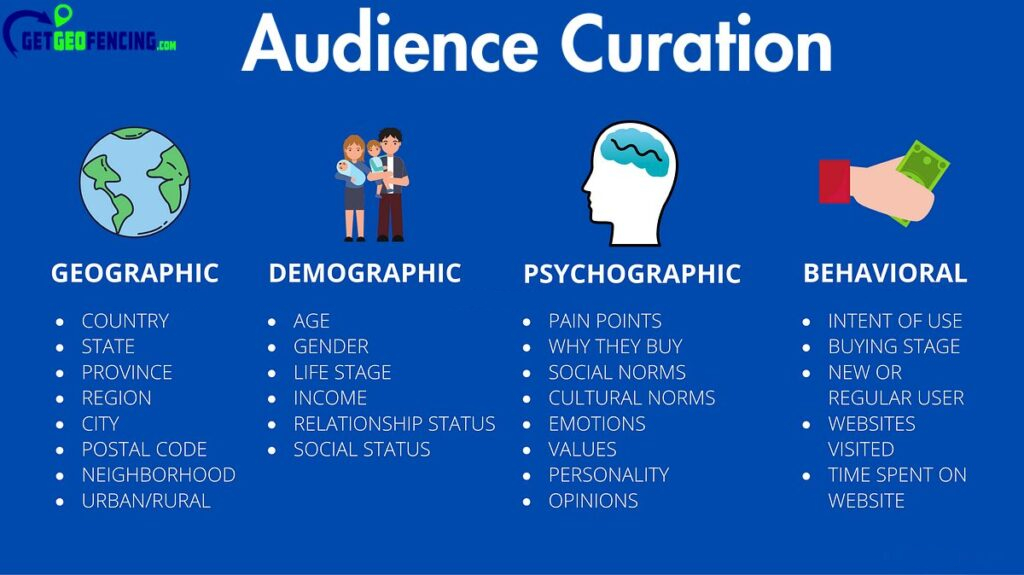
To ensure the success of your search geofencing campaigns, consider the following best practices:
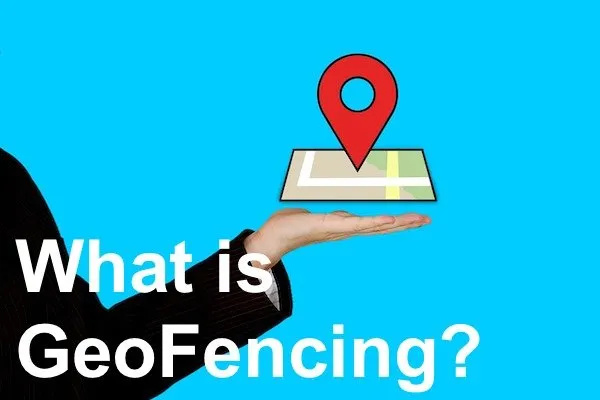
To illustrate the power of search geofencing, let’s explore a few real-world case studies:
As technology continues to evolve, the landscape of search geofencing is expected to undergo significant advancements. Some emerging trends include:

In the ever-evolving digital landscape, search geofencing has emerged as a powerful tool for businesses to engage with their target audience in a more personalized and effective manner. By leveraging the power of location-based targeting and search intent, businesses can unlock new growth opportunities, enhance customer experiences, and improve marketing ROI.
Search Geofencing from Getgeofencing is your best bet. Getgeofencing has 20 years of quality Search Geofencing experience.
As you embark on your search geofencing journey, remember to focus on precise targeting, relevant content, timely delivery, seamless integration, and continuous optimization. By mastering the art of search geofencing, you can position your business for long-term success and stay ahead of the competition.
1. What is search geofencing?
It combines keyword-based targeting with location-specific triggers to serve ads to users in defined areas.
2. How does search geofencing work?
Users searching for targeted terms within a geofenced area are served relevant ads across platforms.
3. What industries benefit from search geofencing?
Legal, healthcare, automotive, and retail often see high ROI from hyper-targeted search ads.
4. Can this be used for conquesting competitors?
Yes, search geofencing can be used to serve ads to people searching near competitor locations.
5. Which platforms support search geofencing?
Google Ads, programmatic platforms, and mobile ad exchanges often support this targeting method.